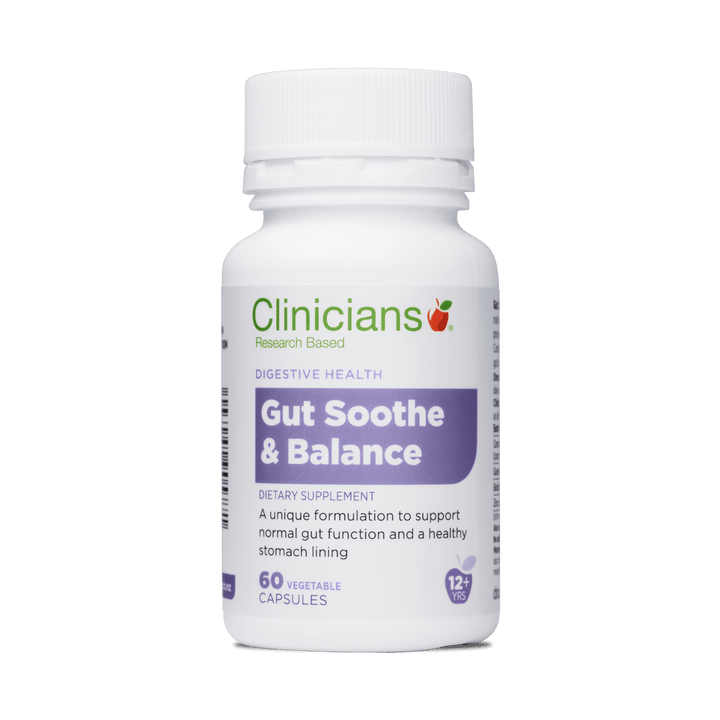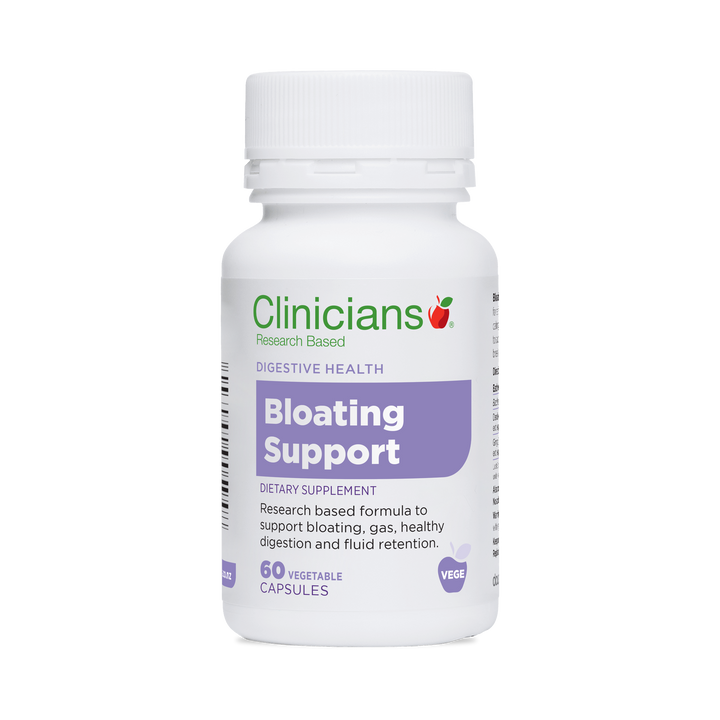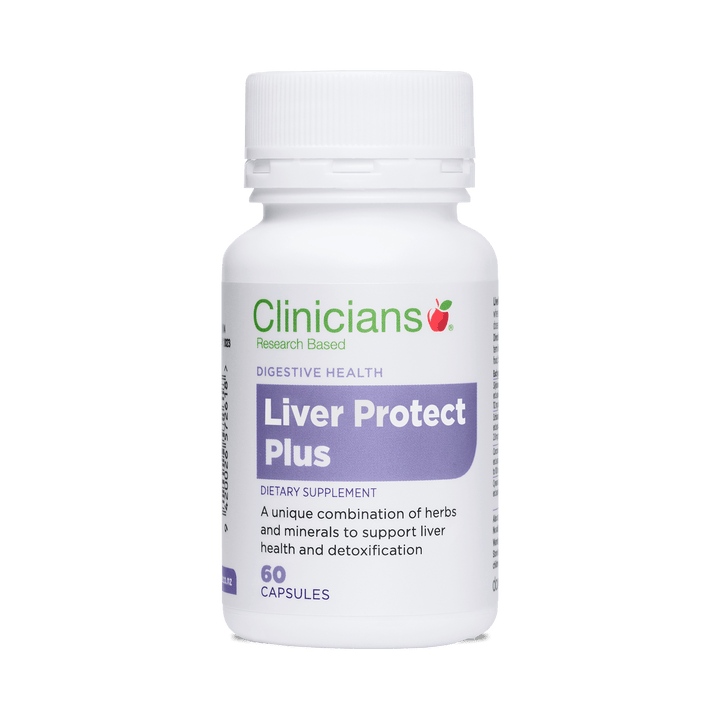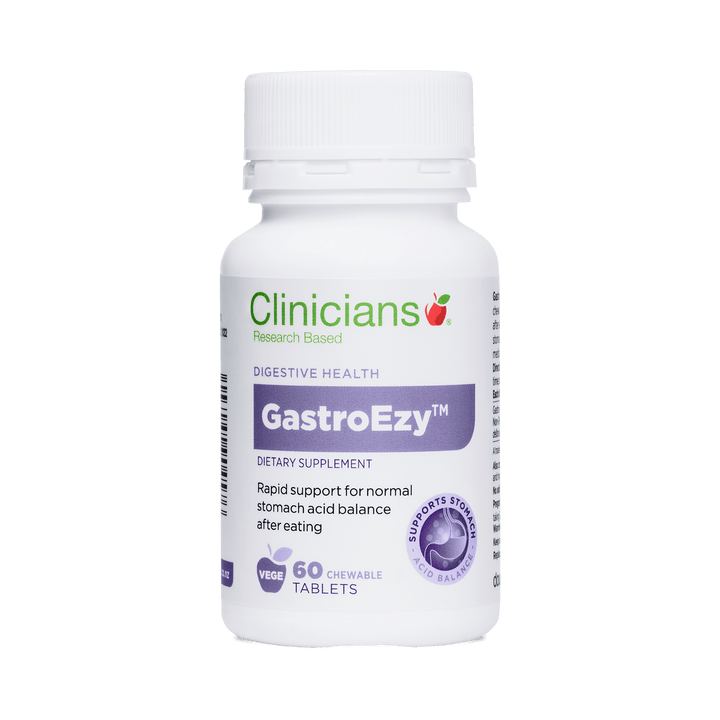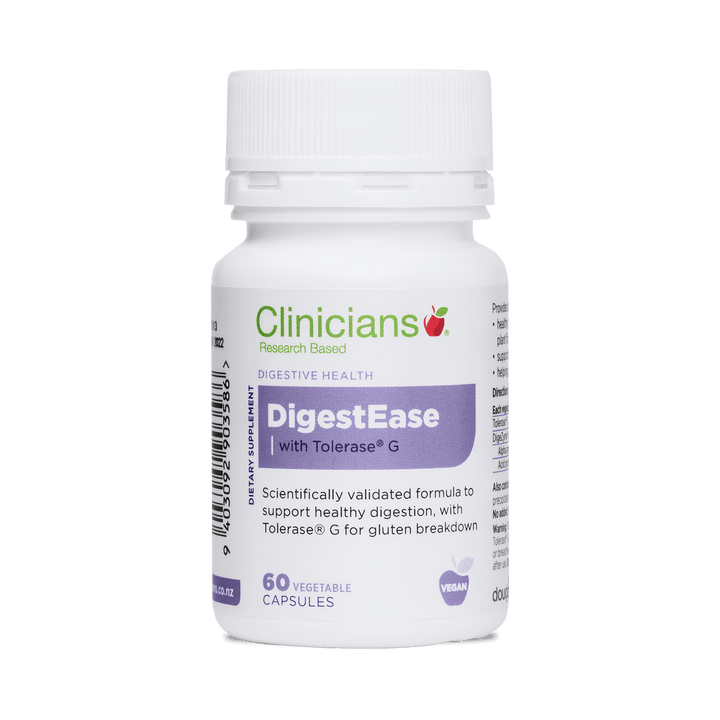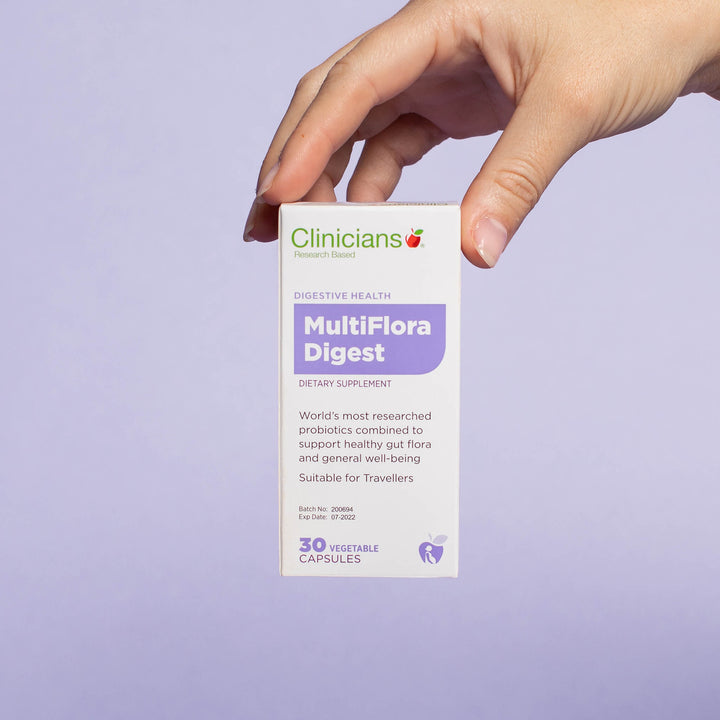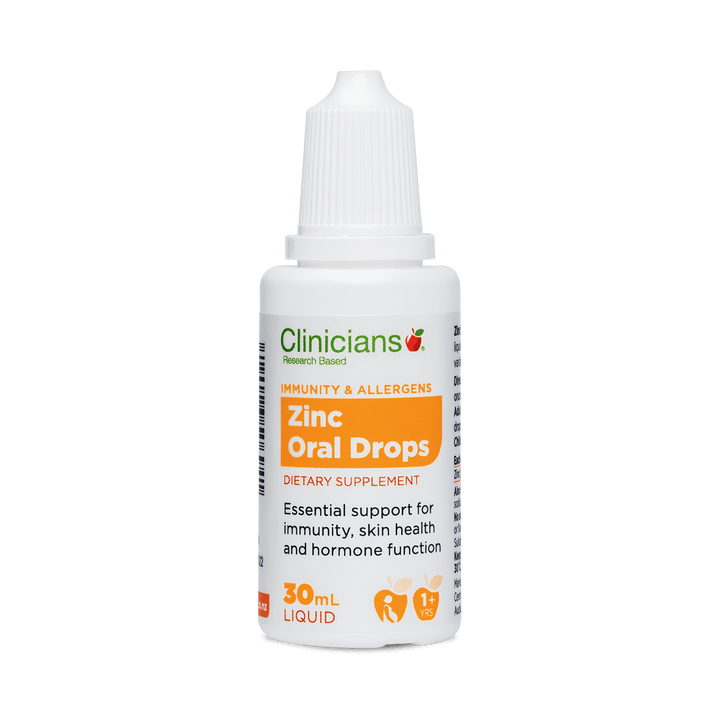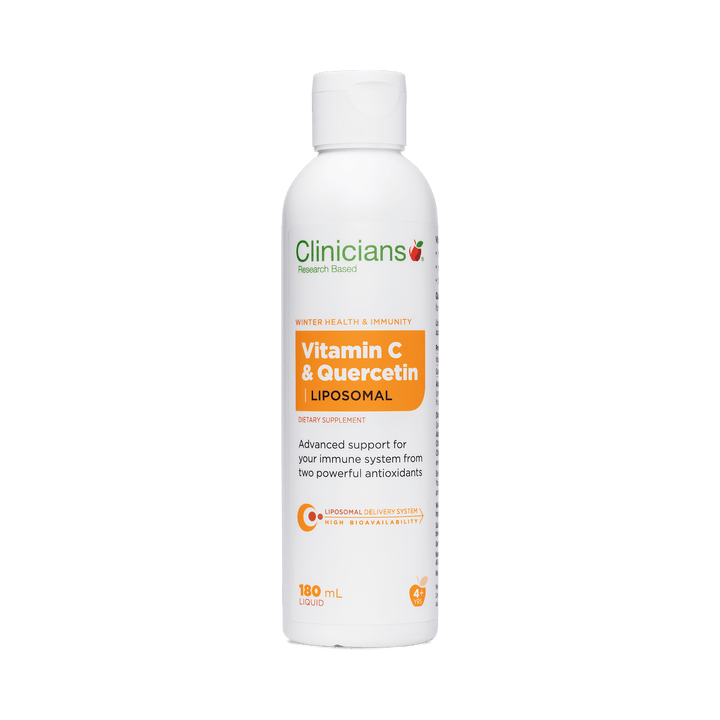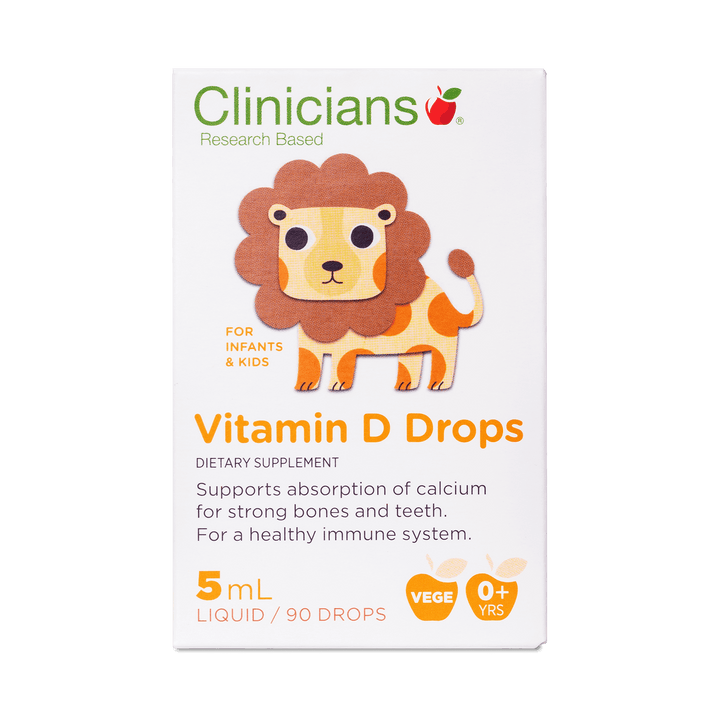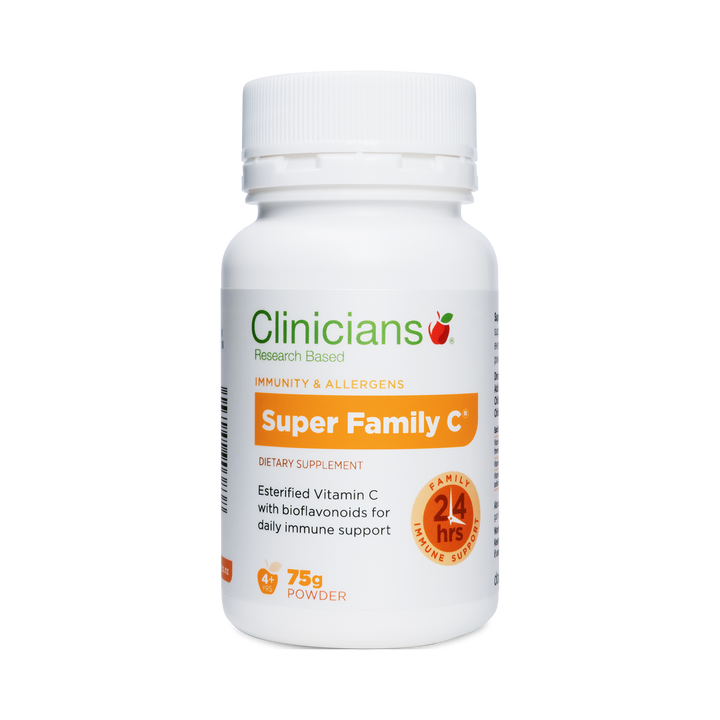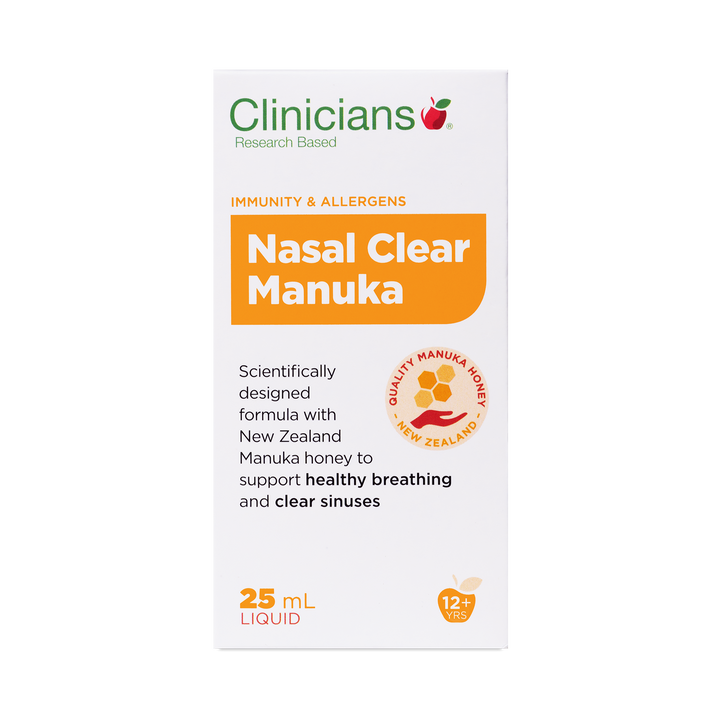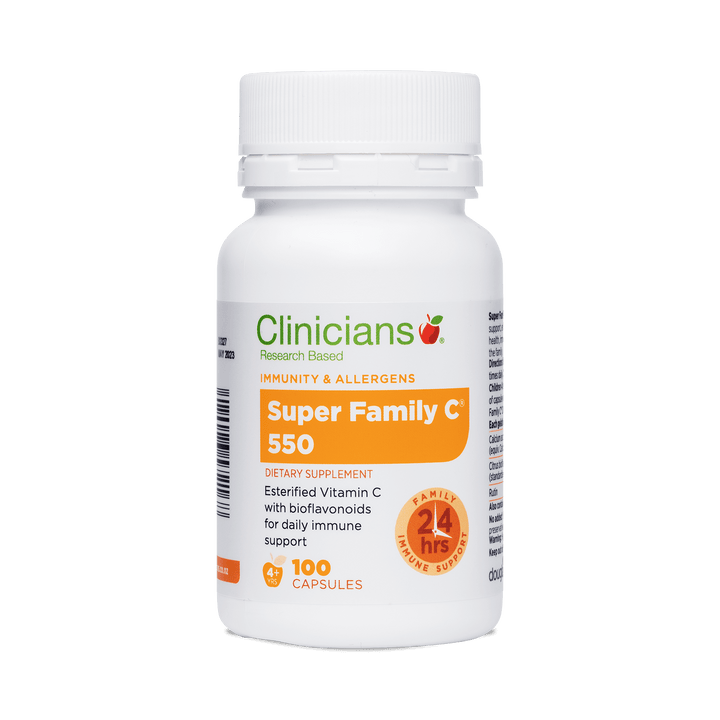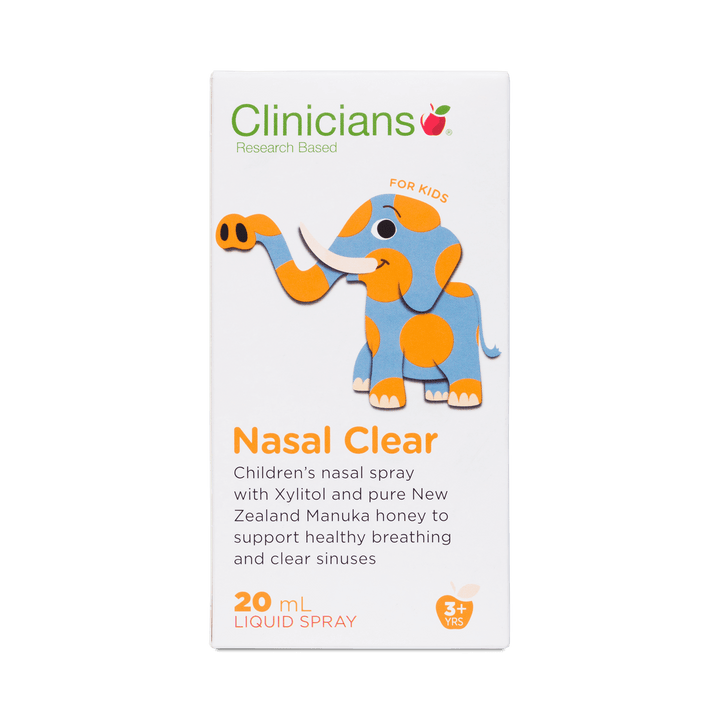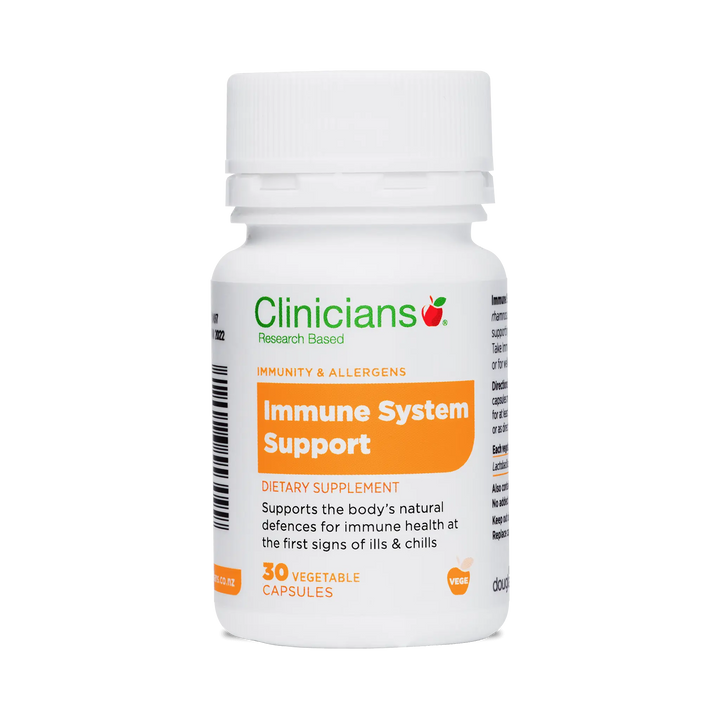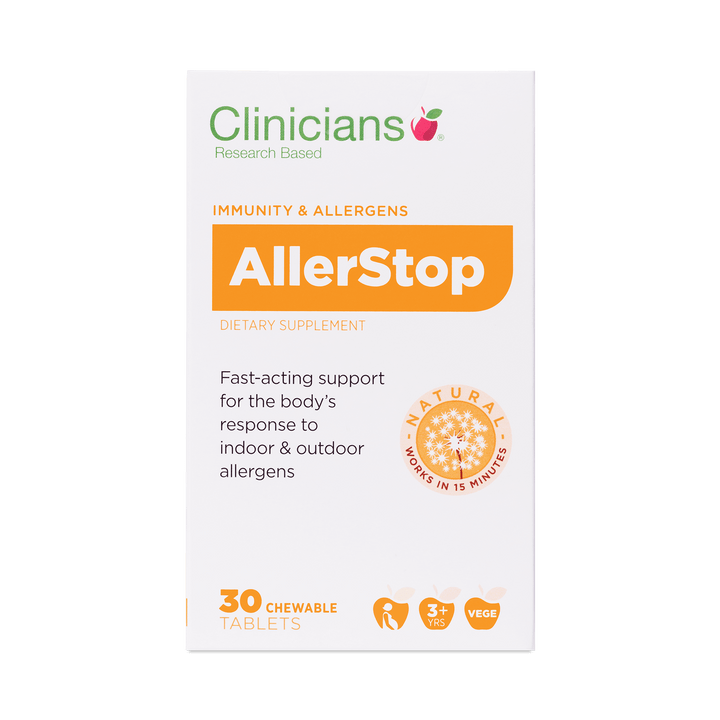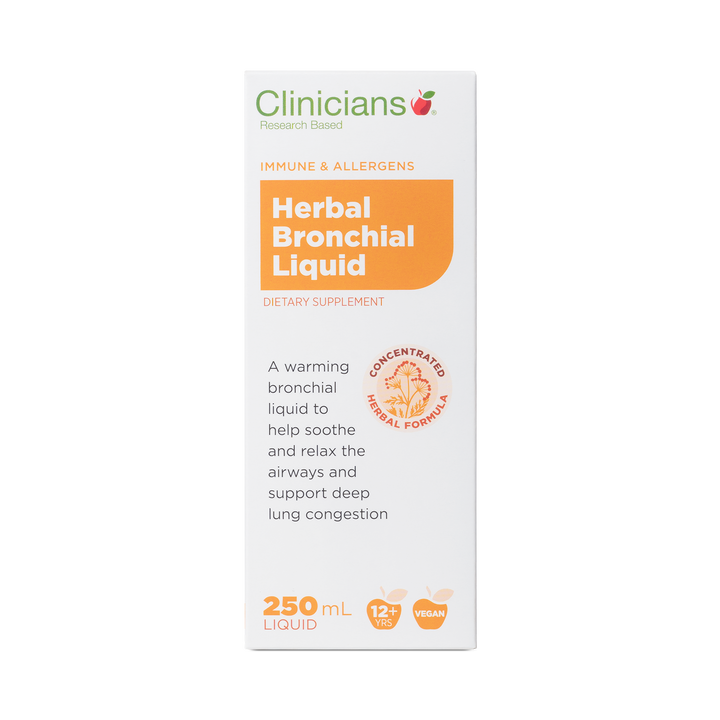This is a common question that we receive from our Clinicians' customers. Most good pharmacies will offer a probiotic alongside an antibiotic. Our customers wonder if this is really necessary?
Antibiotics have been saving lives since they were first discovered by Alexander Fleming in 1928. Before their invention a small infection could get out of hand and become quite deadly. Now there are over 100 different types of antibiotics, to kill a variety of bacteria, which can infect different parts of the body. Now they are something we get from the doctors and probably take for granted.
When prescribing antibiotics the instruction is to finish the course. However, for some people as soon as the symptoms of illness disappear, they will stop taking the course of antibiotics. This is not good practice but can occur because antibiotics sometimes cause discomfort.
What issues can antibiotics cause?
There are certain side effects from antibiotics that affect some people. They can give some of the below depending on the strength and type of the antibiotic.
- Nausea
- Diarrhoea
- Bloating and indigestion
- Loss of appetite
- Stomach cramps
- Vaginal flora imbalances
Are there any after-effects of taking antibiotics?
Whilst antibiotics do a great job of killing the bad bacteria they can also kill off some of our beneficial bacteria too. This is why some women experience vaginal flora imbalances when taking antibiotics. Antibiotics can also affect the populations of good bacteria in the digestive system and the urinary tract. This can lead to several issues, the main ones are listed below.
Poor digestion
Our beneficial bacteria have a number of benefits. They nourish the cells that line our digestive system. They also help to manage the populations of less beneficial bacteria and yeasts. When beneficial bacteria are destroyed this can allow other species to take over, causing symptoms like gas and bloating.
Immune health
The beneficial bacteria in the digestive system are used to signal when we are under attack from bacteria and viruses. They are broken up and scattered around the body. They tell the immune system to start building defences and fight off intruders. A lack of beneficial bacteria can affect this process.
Lowered defences in the bladder and vagina
Like the digestive system, the vagina and bladder have beneficial bacteria that keep the balance with less beneficial bacteria and in the case of the vagina yeasts. If numbers of good bacteria are depleted by antibiotics, the bladder and vagina are less able to defend themselves.
Antibiotic resistance
Extensive use of antibiotics can lead to bacteria becoming resistant to them. This can then make conditions hard to treat. The World Health Organization says antibiotic resistance is one of the biggest threats to global health. This is why antibiotics are only given when they are necessary.
What are the benefits of taking probiotics with antibiotics?
There are several benefits to taking probiotics alongside or after antibiotics depending on the strain. Here are the most common ones.
Supporting gut tolerance
Certain species of probiotics have been shown to support the digestive discomfort experienced by some when taking antibiotics. This was demonstrated in a study where Lactobacillus acidophilus La-5 and Bifidobacterium animalis Bb-12 probiotics were given to one group vs a placebo group, whilst taking antibiotics. The placebo group had 8 people who developed antibiotic-associated diarrhoea (AAD), whereas the probiotic group only had 2 people with AAD¹.
Supporting gut health
Taking probiotics alongside antibiotics helps to maintain populations of beneficial bacteria, whilst the antibiotics do their good work of removing less desirable bacteria. This means digestive health is maintained and the good bacteria continue to support the health of the digestive system walls. They can also continue to support our healthy immune function.
A study with 20 volunteers took a 500mg course of ampicillin (an antibiotic used for respiratory and urinary tract infections), three times daily for 7 days. Ten of the volunteers took capsules containing probiotics (Lactobacillus acidophilus and Bifidobacterium bifidum) for 7 days whilst consuming the ampicillin and then a further 14 days after. The other 10 participants took placebo capsules for the same period. Results showed that normal gut bacteria were recovered in higher numbers in the probiotics group and that they were restored slightly faster than those having the placebo capsule².
Supporting the vaginal health
One of the common issues for women taking antibiotics is they can upset the delicate balance of vaginal flora. Even if the antibiotics are supposed to be removing bad bacteria from other areas in the body, they can still affect our healthy vaginal bacteria. Yeast overgrowth can lead to discomfort and itching, not what you want when you are already unwell and taking antibiotics.
There are specific strains of probiotics that contain beneficial bacteria that normally reside in the vagina. Taking these at the same time as an antibiotic can help to maintain a healthy vaginal bacterial population. For example, a study where women were given Lactobacillus rhamnosus GR-1 and L. fermentum RC-14 probiotics, showed they support healthy vaginal bacterial populations and can support against the colonization of bad bacteria and yeasts³.
Supporting bladder health
Recurrent bladder issues can be a common problem for many women and men as part of ageing and hormonal changes. Unfortunately, although antibiotic use is often necessary to resolve these health issues, it can adversely affect the populations of beneficial bacteria in the bladder. We rely on these bacteria to maintain bladder health and defend against bad bacteria taking over.
Unfortunately, the recurrent use of antibiotics for UTI prevention is becoming more problematic because resistance to antibiotics is now widespread. This means that supporting urinary tract wellness is increasingly important. Studies have shown that Lactobacillus rhamnosus GR-1 and Lactobacillus reuteri RC-14 support healthy bacterial populations and support bladder wellness. Also, when taken daily they may help support continued bladder wellness, which could help reduce the need for repeat antibiotic use⁴.
How do you take probiotics with antibiotics?
It is recommended to take probiotics alongside antibiotics. However, they should be taken at least two hours after the antibiotic. To maximise the repopulation of beneficial bacteria it could be helpful to continue probiotic use for one or two weeks after the antibiotics are finished.
If you need to take antibiotics and would like to try taking probiotics alongside them, why not contact our team of naturopaths. They can help you identify which probiotic product is best for you. Book a free 15-minute appointment with one of our in-house Naturopaths.
References:
¹https://www.nature.com/articles/1602718
²https://pubmed.ncbi.nlm.nih.gov/1906634/
³https://academic.oup.com/femspd/article/35/2/131/657366
⁴https://jamanetwork.com/journals/jamainternalmedicine/fullarticle/1151418


